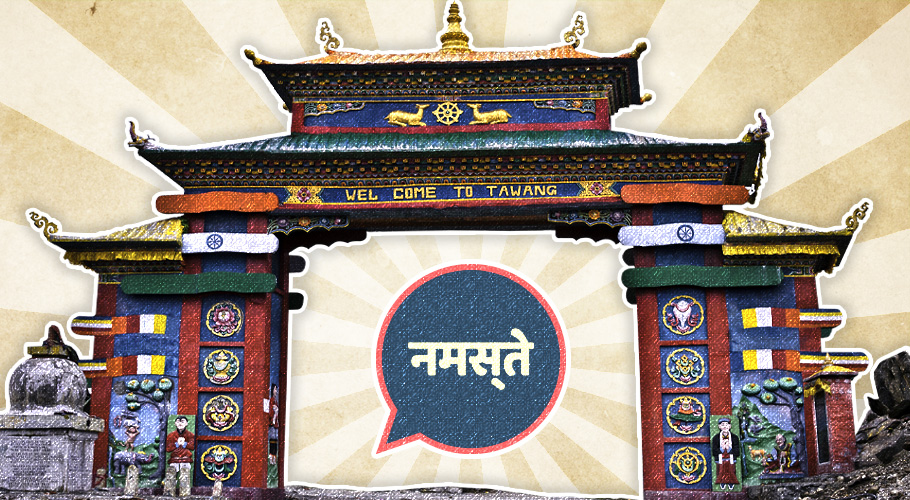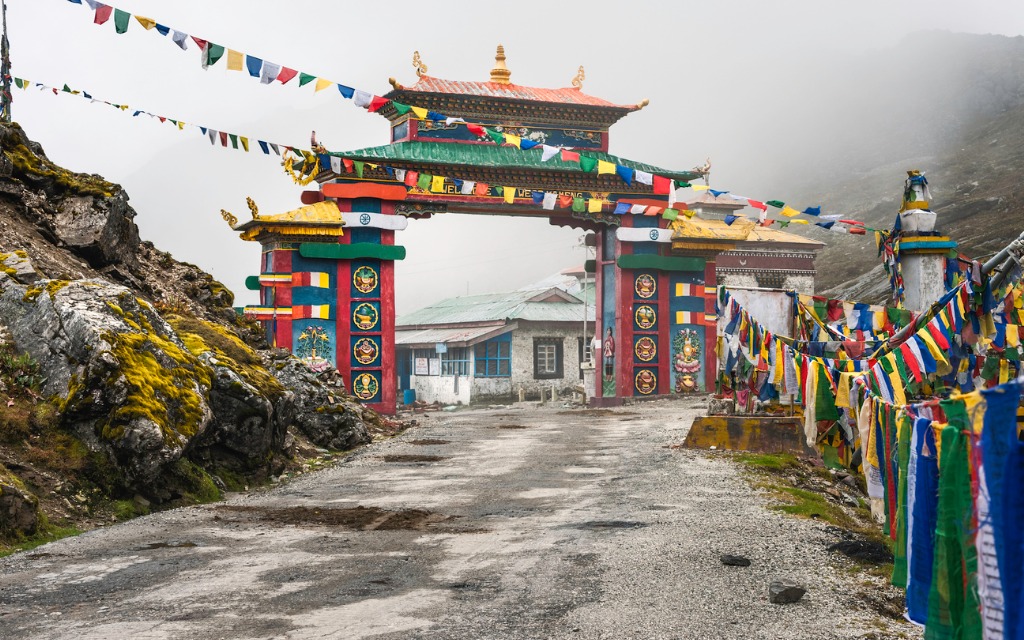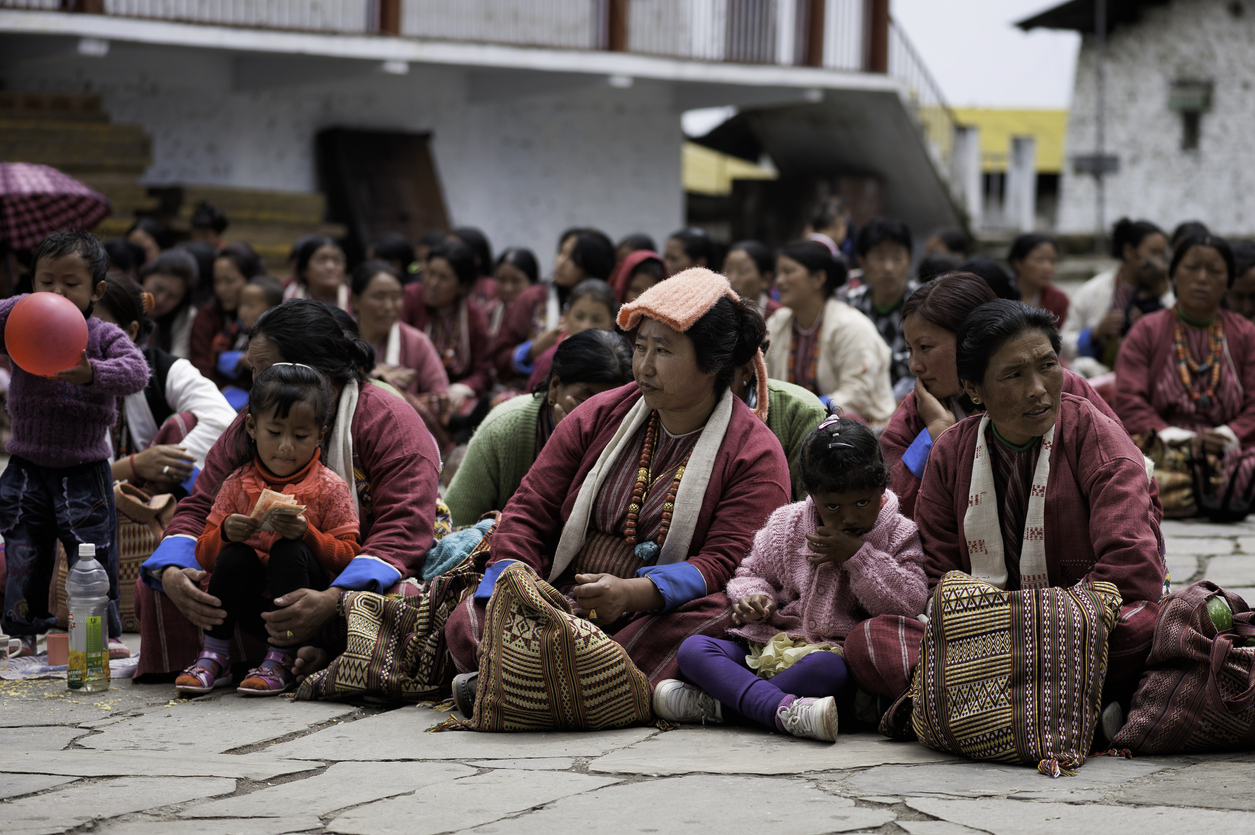
- Home
- News
- Analysis
- States
- Perspective
- Videos
- Education
- Entertainment
- Elections
- World Cup 2023
- Features
- Health
- Business
- Series
- Economy Series
- Earth Day
- Kashmir’s Frozen Turbulence
- India@75
- The legend of Ramjanmabhoomi
- Liberalisation@30
- How to tame a dragon
- Celebrating biodiversity
- Farm Matters
- 50 days of solitude
- Bringing Migrants Home
- Budget 2020
- Jharkhand Votes
- The Federal Investigates
- The Federal Impact
- Vanishing Sand
- Gandhi @ 150
- Andhra Today
- Field report
- Operation Gulmarg
- Pandemic @1 Mn in India
- The Federal Year-End
- The Zero Year
- Premium
- Science
- Brand studio
- Home
- NewsNews
- Analysis
- StatesStates
- PerspectivePerspective
- VideosVideos
- Entertainment
- ElectionsElections
- Sports
- Loading...
Sports - Features
- BusinessBusiness
- Premium
- Loading...
Premium

How Arunachal woke up to Hindi and joined the heartland

Back in the 1980s, every August 15 and January 26, residents of Anini, a small town in Arunachal Pradesh, would wake up to the call of “jaagte raho” by T Mello, a kotoki (government-appointed interpreter). Although the words “jaagte raho” in Hindi is used as a command of sorts, asking people to stay awake and alert, in kotoki Mello’s limited Hindi vocabulary it...
Back in the 1980s, every August 15 and January 26, residents of Anini, a small town in Arunachal Pradesh, would wake up to the call of “jaagte raho” by T Mello, a kotoki (government-appointed interpreter).
Although the words “jaagte raho” in Hindi is used as a command of sorts, asking people to stay awake and alert, in kotoki Mello’s limited Hindi vocabulary it meant “wake up”. He would use it as a wake-up call on every Independence Day and Republic Day to call people for ‘prabhat pheri’ (morning procession).
Anini is 1,106 km away from China, as the crow flies. But the town is 1,821 km away from New Delhi. By road, it is 2,685 km. Of course, the distance couldn’t drown out New Delhi’s message to Anini via kotoki Mello.
As ‘ordered’, everyone would soon line up for ‘prabhat pheri’ with tiny Indian flags made of paper in hands and slogans of ‘Vande Mataram’, Mera Bharat Mahan’ on their lips.
Traditionally, the kotoki or political interpreters were adopted by the Ahom kings of Assam and later by the British as mediators between various hill tribes and the outsiders. This messenger went on to play an important role as a decision-making member in village councils even after the Britishers left, and continues to do so.
So, in a way, it didn’t matter whether kotoki Mello was using the right words, but the meaning of his calls were not lost on his audience. It’s ‘jaagte raho’ and a concoction of many such words — from Assamese, English as well as various indigenous languages spoken by the people of Arunachal Pradesh — that today makes Arunachali Hindi (read creole or pidgin).
The state has more than 26 tribes and over 100 sub-tribes that speak at least 30 indigenous languages. However, according to the findings of the People’s Linguistic Survey of India (PLSI), a project led by renowned linguist GN Devy that aimed at documenting every living language in the country, that number stands at 90.
It was, in fact, this diversity that over the years made Hindi the lingua franca of the state.
“It doesn’t matter how flawed your Hindi is. What matters is whether the message has been conveyed,” says Habung Payeng, a former state information commissioner.
And the message was conveyed well. Unlike in the rest of the Northeast and other non-Hindi speaking states, Hindi in Arunachal Pradesh is seen more as a necessity and less an imposition.
“People of different tribes who didn’t know each other’s language needed a common tongue and Hindi filled that void,” Habung adds.
However, the absence of a common language was not the only reason. The state’s complex historical and political past also played a role.
Domestic duel and geopolitics
After the British left India, the present-day Arunachal Pradesh was part of tribal hill areas of Assam. By 1951, it was named the North-East Frontier Agency (NEFA). However, the area continued to be administered by the Governor of Assam till 1965. In 1972, NEFA was rechristened Arunachal Pradesh and made into a Union territory. It was only in 1987 that Arunachal became a full-fledged state.
While border skirmishes between Assam and Arunachal continue to erupt from time to time, many old-timers still talk about those days with a tinge of hurt about the discriminatory attitude of Assam.
“For a very long time, even after NEFA came into being, we remained under the shadow of Assam and Assamese domination. The medium of instruction in all educational institutions was Assamese. This was not acceptable to us,” says a 65-year-old retired government official who didn’t want to be named.
It was after a long struggle and wait, he adds, that English was introduced as the medium of instruction.

However, Hindi continued to be the dominant language even inside classrooms with most Assamese teachers replaced by Hindi-speaking ones.
“It is during this period that we learnt a lot of Hindi even out of the syllabus. Teachers would teach math, science, history, geography, all in Hindi. Sometimes even English lessons were taught in Hindi,” says 38-year-old Bomjen, who couldn’t stop laughing recalling the incident to this writer.
But besides the absence of a common language, there were geopolitical ‘compulsions’ as well that made Hindi enter deep into the people’s vocabulary — the Chinese aggression of 1962. While most of the Indian Army soldiers deployed in the area were Hindi-speaking, the indigenous population was naturally picked up working knowledge of the language through everyday interactions.
In a 2016 column, senior journalist Shekhar Gupta writes, “Nehru was also paranoid about the Chinese in NEFA. What if the China-backed separatist virus of Nagaland reached NEFA? At its eastern edge (Tirap region), Arunachal also shares a tough border with Nagaland. The Chinese could then just walk through. For Nehru was also deeply upset by having to deal with foreign pastors (Reverend Scott, notably) negotiating on behalf of the Nagas. A decision was therefore taken to keep Christian evangelists out of what was to be renamed Arunachal Pradesh. Its tribes were brought into the national — and nationalist — mainstream through ‘Hindi-medium’ education. Arunachal is now the only Hindi-speaking state in the Northeast.”
But there was another factor, says Habung — “Bollywood songs and movies.”
Real and reel
Bollywood movies and songs hold a special place in Arunachal, unlike other northeastern states. In fact, in neigbouring Manipur, there is a ban on screening Hindi films in theatres.
But in Arunachal, it’s a completely different scene. For instance, in Orunasol Man, released last year, the hero, heroine, their friends and enemies all speak Hindi with a smattering of English, but, of course, it’s the ‘Arunachali Hindi’.
“It was a deliberate decision. It doesn’t look natural when our characters don’t speak Arunachali Hindi. Because this is the way we talk,” Nyago Ete, director and cinematography student at FTII, Pune.
“We are also working on a multi-lingual movie where actors will speak different languages, including Apatani, Nyishi, Adi etc,” adds Ete.

Ask him about the influence of Hindi in everyday life in the state and he says, “Hindi language helped connect the different tribes speaking different languages since we don’t have a common language. But on the downside, Hindi as a lingua franca has deeply affected the native languages. Most youngsters, especially the teenagers, can’t speak their own language.”
So, media, he says, has a huge role to play in preserving the indigenous languages. “Right now, everything is in Hindi — from press conferences to news briefings. Even in local channels on YouTube and Facebook, no one speaks in any of the native languages or in English.”
Ete is not alone in his anxiety. Twenty-two-year-old Getem from Itanagar, who is pursuing a course in Game Development in Bangalore, feels unless Arunachali youths don’t realise the urgency to preserve their languages, all these will become extinct very soon.
According to a 2017 UNESCO survey, 33 languages of Arunachal are endangered. Four out of them are on the verge of extinction. This is Banwang Losu’s biggest worry. The young linguist from the state recently made history after developing an independent Wancho script. “It took me almost 12 years to script the Wancho language,” he says.
Besides Arunachal Pradesh, Wancho is also spoken in Nagaland, Assam and countries like Myanmar and Bhutan. However, in the absence of a script, they would earlier use the Roman alphabets to write Wancho [all languages in Arunachal lack a script]. “I realised, the pronunciations and alphabets don’t always match. And when that happens, it ends up conveying a different meaning.”
Losu also got the language enlisted in the US-based Unicode Consortium for online use. This basically means that Wancho can now be used on the internet across the world.
“If we don’t preserve our languages, who will do it? Every language is equally important.”
Hearing about Losu’s work, Getem thinks all hope is not lost. “Maybe we all will understand sooner than later the importance of our own languages.”
Knowing and speaking Hindi, he says, is a good thing but not at the cost of one’s own language.

